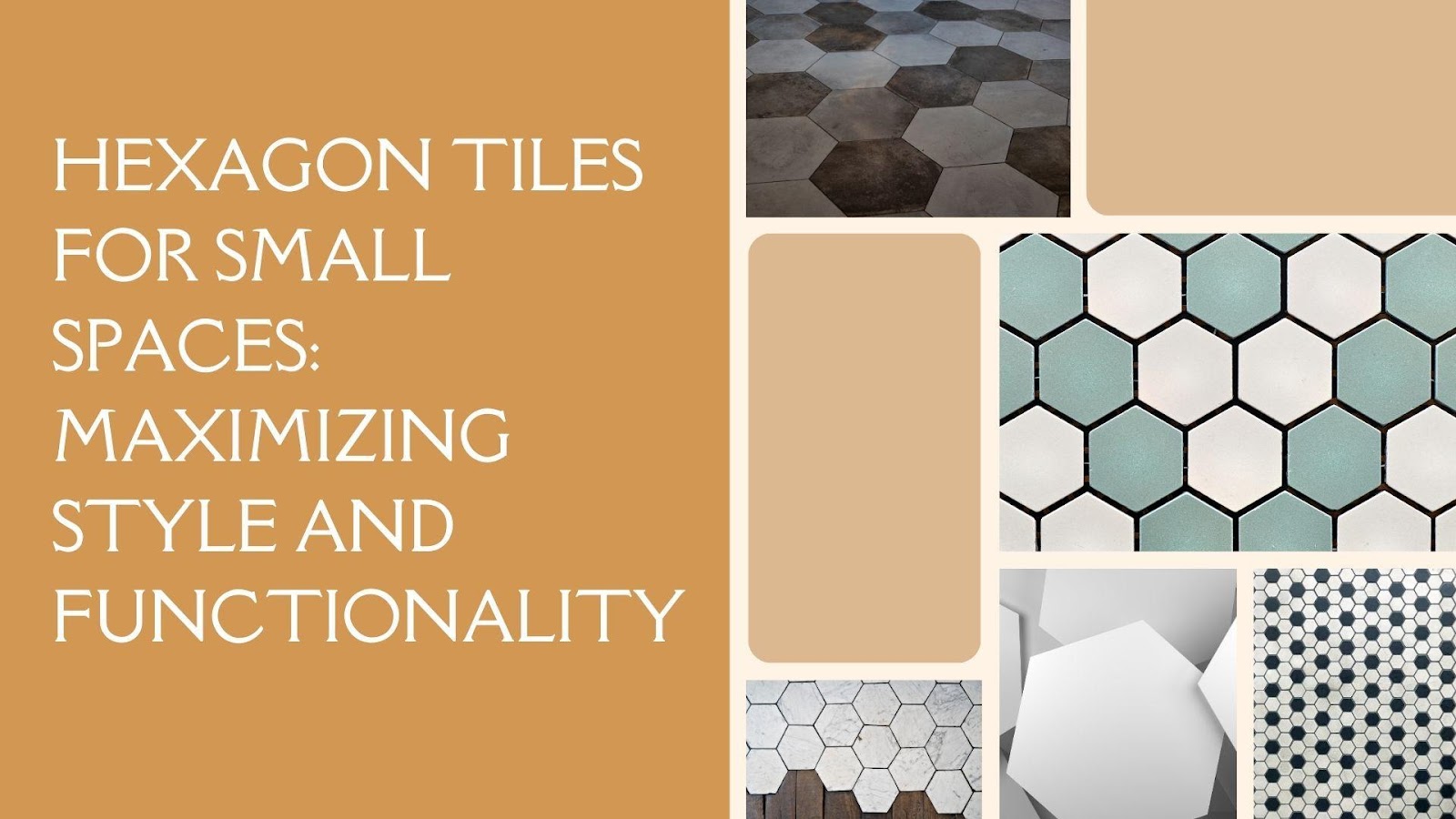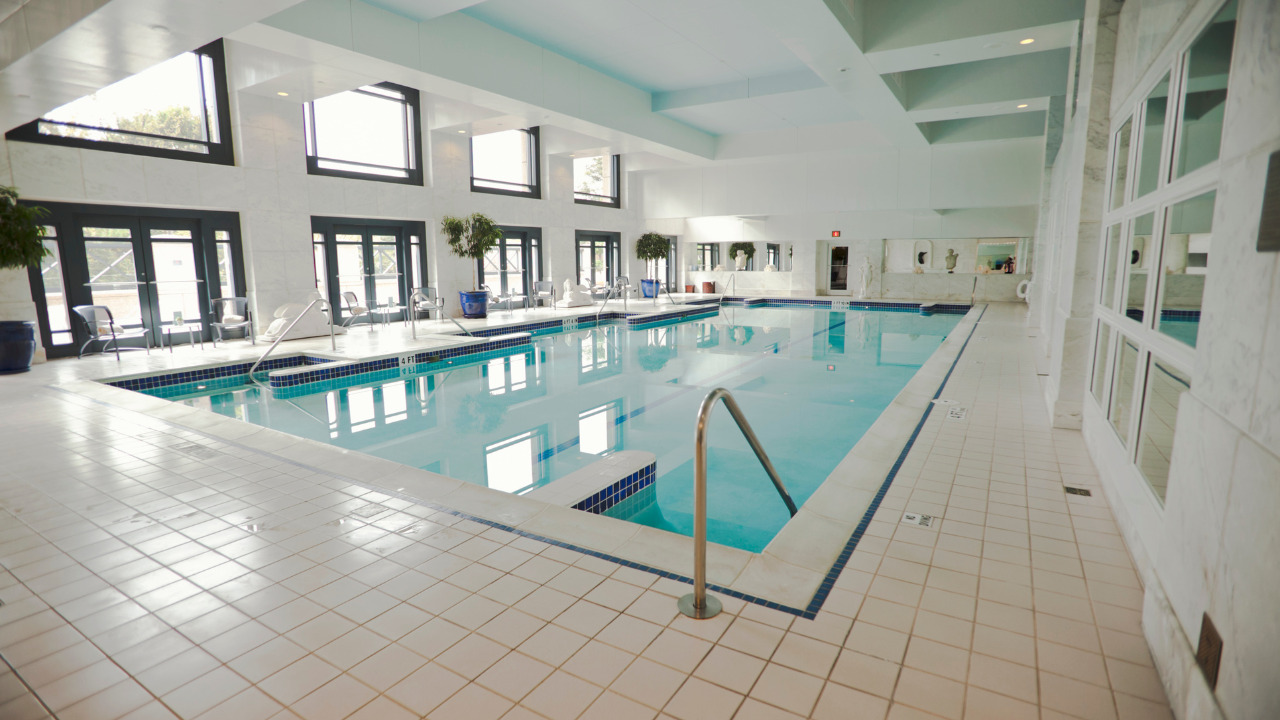If you have tile floors in your home, you should be aware of their advantages and disadvantages. On the one hand, they are more resistant to damage than other flooring materials, but they may also be dangerously slippery, especially when wet. Millions of people are injured each year due to falls, and many of these falls occur in the home.
Tile flooring is appealing and long-lasting, but it can become slick when wet or greasy. If you don’t want to cover your tile with carpets to keep your family safe, apply a slip-resistant texture to your tile surfaces with a tile-etching acid solution.
If your tiles are excessively slippery, use simple water or a solution of water and vinegar to mop them. This will get rid of any leftover soap residue from prior cleans, making the tiles very slippery.
If this does not make your tiles less slippery after drying, apply an anti-slip treatment to the tile surface, add anti-slip treads or soft furnishings such as a rug or runner.
Table of Contents
Methods To Make The Tiles Less Slippery
As previously stated, the first thing you need to do is ensure that your tiles are not slick due to your cleaning materials. When soap residue is on the floor, it can make the tiles excessively slippery. As a result, you have to remove all soap residue from your floor. Then, in the future, use less soap or do a second mop with only plain water.
1) Use Rugs
The fastest and most convenient approach to make your tile floor non-slippery is to use non-slip rugs. Rugs, runners, and mats can help you avoid slipping and falling. They can liven up a room by making the flooring softer and warmer underfoot, making the entire space cozier.
However, not all mats are created equal in terms of safety. Unstable carpets and rugs with jagged edges can be a tripping hazard, and trip hazards can exacerbate the condition. The best rugs are ones that have a non-slip backing. If your rug has an unusual form, you can alter it by trimming the anti-slip pad with a pair of scissors.
2) Use Anti-Slipping Solutions
If carpets aren’t your thing, or you don’t want to deal with the extra cleaning that comes with them, you might want to consider using an anti-slip floor coating on your tiles.
An anti-slip floor treatment is typically a substance applied to the tile’s surface. It alters the qualities of your tile, making the surface less slippery. There are various solutions for making your flooring less slippery, so do your homework and pick the one that works best for you.
To eliminate any oil deposits, clean your coated ceramic tiles with cleaner and hot water. Allow for a couple of hours of drying time before using your product.
Check your headers because a few items perform best on a surface that has been delicately sanded first. When using your chosen solution, always follow the recommended safety advice in the manual, such as wearing gloves and a face mask. Another thing to think about is whether the anti-slip treatment will alter the look of your flooring.
3) Install Foam Pads On The Tiles
Non-slip treads or foam pads are your best bet if you need an inexpensive and quick solution to make your slippery flooring safer. You can use these stickers on smooth indoor surfaces such as bathroom ceramic tiles or stairwells.
Apart from being inexpensive, the fundamental advantage of anti-slip treads is that they perform admirably without affecting the tile’s original surface. They are easily detachable. So, if you change your mind and want to try something else, you can do so without causing damage to the surface.
However, they are not as durable as non-slip treatments and, because they are visible, affect the surface’s aesthetic. While anti-slip foam pads are commonly available, many of them are of low quality, failing to effectively adhere to the surface and peeling off after only a few weeks.
4) Replace The Old Tiles With New Non-Slippery Tiles
Replacing your old tiles is one of the more dramatic and costly solutions. If your tiles are old, damaged, or you simply want to replace them, replacing them could be a wise move. While this is a somewhat expensive and time-consuming approach to making your floors safer, it can yield genuinely fantastic results.
If you choose a high-quality product, you can rest assured that your results will be non-slip throughout the duration of their application!
How To Fix The Slippery Bathroom’s Tiles?
Bathroom flooring can be extremely slippery at times. As previously said, the first step is to ensure that all soap residue has been removed from the floor. Other factors to consider in the bathroom include shampoo and soap, which contribute to a slick atmosphere.
An anti-slip tile treatment can also be applied to make them less slippery. But if you need something more straightforward, a plastic safety rug would suffice. They are simple to maintain, but a sticky bathroom tile can take much effort to keep clean.
Fortunately, there are various things available that you can use to make your tiles non-slip without affecting their appearance.
Conclusion
In short, even if you’re on a budget, you can make your slippery tile floor safe. If you’re going to utilize rugs, make sure they’re non-slip. You may also use a hot glue gun to make your old rugs slip-resistant by placing non-slip pads underneath them.
The quickest and easiest solution to make your bathroom and kitchen tile floors less slippery is using rugs firmly attached to the floor.
Use an anti-slip product if you don’t want to use rugs on your tile floor. Yes, you’ll have to put in some effort and time to prepare the surface and apply the solution. Hopefully, this article will help fix the slipping issue for a long time without stepping out of your budget.





